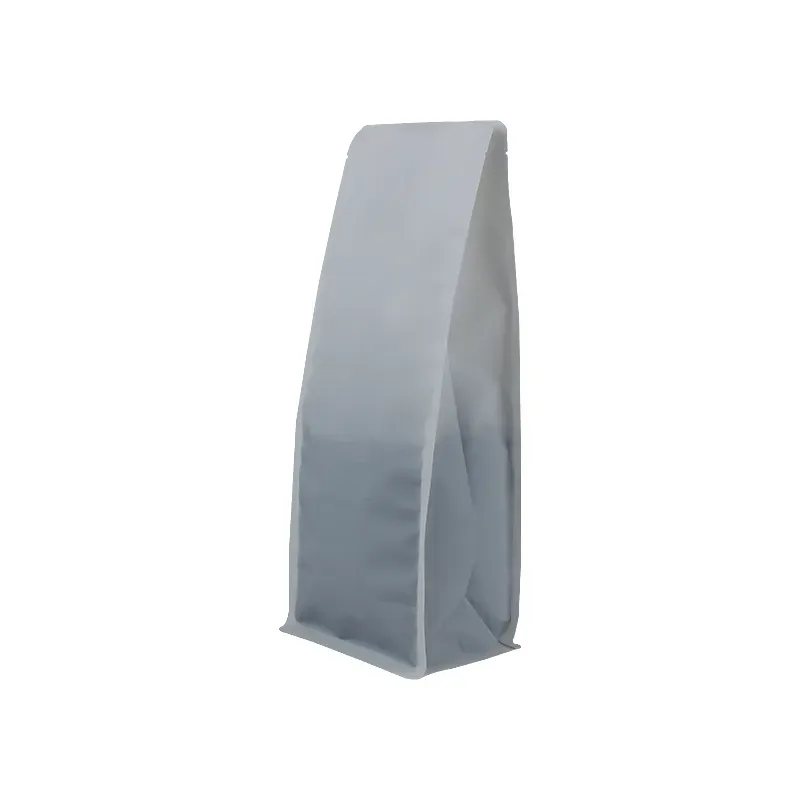Email: enid@bc-pak.com
Tel: 86-757- 88811186
- Afrikaans
- Albanian
- Amharic
- Arabic
- Armenian
- Azerbaijani
- Basque
- Belarusian
- Bengali
- Bosnian
- Bulgarian
- Catalan
- Cebuano
- chinese_simplified
- chinese_traditional
- Corsican
- Croatian
- Czech
- Danish
- Dutch
- English
- Esperanto
- Estonian
- Finnish
- French
- Frisian
- Galician
- Georgian
- German
- Greek
- Gujarati
- haitian_creole
- hausa
- hawaiian
- Hebrew
- Hindi
- Miao
- Hungarian
- Icelandic
- igbo
- Indonesian
- irish
- Italian
- Japanese
- Javanese
- Kannada
- kazakh
- Khmer
- Rwandese
- Korean
- Kurdish
- Kyrgyz
- Lao
- Latin
- Latvian
- Lithuanian
- Luxembourgish
- Macedonian
- Malgashi
- Malay
- Malayalam
- Maltese
- Maori
- Marathi
- Mongolian
- Myanmar
- Nepali
- Norwegian
- Norwegian
- Occitan
- Pashto
- Persian
- Polish
- Portuguese
- Punjabi
- Romanian
- Russian
- Samoan
- scottish-gaelic
- Serbian
- Sesotho
- Shona
- Sindhi
- Sinhala
- Slovak
- Slovenian
- Somali
- Spanish
- Sundanese
- Swahili
- Swedish
- Tagalog
- Tajik
- Tamil
- Tatar
- Telugu
- Thai
- Turkish
- Turkmen
- Ukrainian
- Urdu
- Uighur
- Uzbek
- Vietnamese
- Welsh
- Bantu
- Yiddish
- Yoruba
- Zulu
Tea/Snacks/Pet Food Stand Up Pouch Packaging Bag
Views :
Update time : Feb . 15, 2025 15:56
The pursuit of eco-friendly packaging solutions has become a paramount concern for businesses aiming to operate sustainably while meeting growing consumer demand for green products. The most eco-friendly packaging emerges from a blend of material innovation, lifecycle consideration, and end-of-life options, culminating in an approach that minimizes environmental impact from production to disposal.
In addition to material and design innovations, the transparency of the supply chain and ethical sourcing play a crucial role in defining eco-friendliness. Companies like Unilever have set a benchmark by committing to sourcing 100% of their paper and board packaging sustainably, verified by certifications like the Forest Stewardship Council (FSC). This move not only preserves biodiversity and reduces deforestation but also emboldens consumers to make eco-conscious purchase decisions confidently. Achieving the right balance of product protection and environmental responsibility often involves a combination of these approaches. For instance, using recycled content alongside innovative biodegradable composites can meet stringent durability standards while enhancing sustainability. Consumers are becoming more savvy and expect transparency from brands about their packaging's environmental impact, and companies responding to this call are likely to secure a competitive advantage. Ultimately, the question of what constitutes the most eco-friendly packaging does not yield a one-size-fits-all answer but rather encourages a tailored approach aligned with specific product requirements, local regulations, and consumer expectations. Businesses prioritizing sustainable packaging are not only meeting contemporary demands but are also equipping themselves to thrive in an eco-conscious future market. These sustainable strategies, backed by expert knowledge and real-world application, position companies not just as industry leaders but as credible advocates for environmental stewardship. By embracing innovation and maintaining transparency, companies not only enhance their brand reputation but also build enduring trust with their stakeholders, ensuring long-term business success in harmony with the planet.


In addition to material and design innovations, the transparency of the supply chain and ethical sourcing play a crucial role in defining eco-friendliness. Companies like Unilever have set a benchmark by committing to sourcing 100% of their paper and board packaging sustainably, verified by certifications like the Forest Stewardship Council (FSC). This move not only preserves biodiversity and reduces deforestation but also emboldens consumers to make eco-conscious purchase decisions confidently. Achieving the right balance of product protection and environmental responsibility often involves a combination of these approaches. For instance, using recycled content alongside innovative biodegradable composites can meet stringent durability standards while enhancing sustainability. Consumers are becoming more savvy and expect transparency from brands about their packaging's environmental impact, and companies responding to this call are likely to secure a competitive advantage. Ultimately, the question of what constitutes the most eco-friendly packaging does not yield a one-size-fits-all answer but rather encourages a tailored approach aligned with specific product requirements, local regulations, and consumer expectations. Businesses prioritizing sustainable packaging are not only meeting contemporary demands but are also equipping themselves to thrive in an eco-conscious future market. These sustainable strategies, backed by expert knowledge and real-world application, position companies not just as industry leaders but as credible advocates for environmental stewardship. By embracing innovation and maintaining transparency, companies not only enhance their brand reputation but also build enduring trust with their stakeholders, ensuring long-term business success in harmony with the planet.
Recommend products
Read More >>
Related News
Read More >>













